Located on the southwestern coast of the Arabian Gulf, the Kingdom of Bahrain is an archipelago made up of more than 80 islands, of which 50 are natural and 33 artificial. Surrounded entirely by the Arabian Gulf, the culture of its 1.5 million inhabitants is largely influenced by accessibility to the sea
The extreme climatic conditions – desertic, hyper arid and highly saline – limit the abundance and distribution of local biodiversity. Overall, 195 species of plants have been recorded within Bahrain’s territory, 14 reptile species, 17 terrestrial mammal species, 54 fish species, 1 amphibian and about 340 bird species. Of the latter, most are migratory species heading northwards in spring and southwards in autumn.
Historically, various spillages from surrounding oil installations have dramatically reduced marine life populations and impacting the national fishing industry.
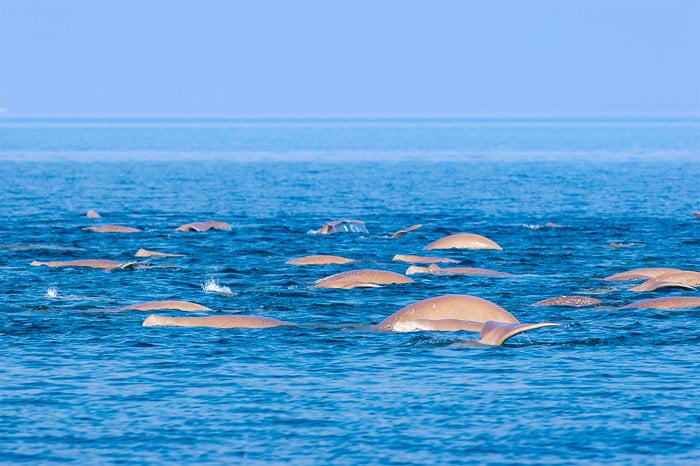
Credit: Abdulqader Khamis
Seagrass
Three species of seagrass (Halophila ovalis, Halophila stipulacea and Halodule uninervis) are known to occur in Bahrain, predominately along the southeast and western coasts. The ecosystem services these meadows provide to Bahraini communities include food security from fisheries and provision of nursery grounds for fisheries’ productivity, upon seagrasses a high local importance.
The exponential growth of Bahrain’s industrial, housing and economic sectors, threatens the health and survival of the seagrass meadows through direct physical removal (dredging), rising water turbidity levels and the discharge of industrial effluents.
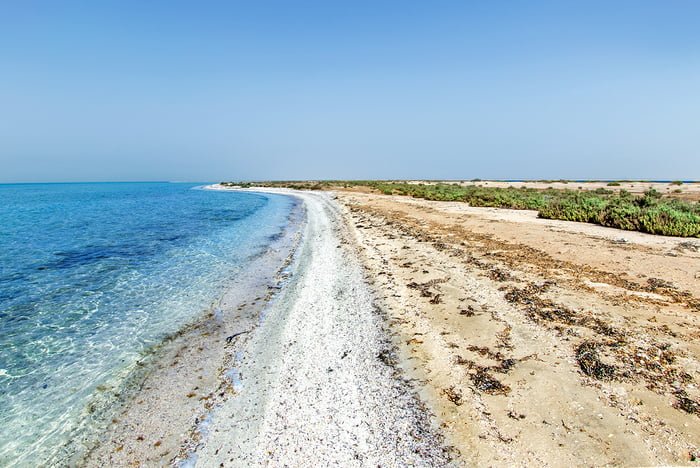
Credit: Abdulqader Khamis
Dugongs
It is believed that hundreds of dugongs were killed annually by some hunting tribes in Bahrain as recently as the 1930’s, due to the high commercial value of their hides, meat, oil and fat. In recent decades the significance of dugong to local diet and culture has progressively diminished.
Dugongs are known by various different local names in Bahrain and the Arabian Gulf, including arus al bahr (Arabic: bride of the sea), baqarah al bahr (Arabic: cow of the sea), and cow diryali (Farsi: marine cow).
The dugong population in the Arabian Gulf is the second largest in the world, estimated to be between 5,800-7,300 (2022).
Threats
The rapid expansion of urban areas and the consumption of natural resources that the urbanization process requires are a major threat to Bahrain’s dugong population and seagrass meadows. Additional human-induced pressures include overfishing, invasive alien species, industrial and oil pollution, climate change and coastal development. Coastal development, in particular, has occurred at unprecedented speed and scale in recent decades, requiring the large-scale removal of seagrass beds, and coastal desalination plants discharge harmful pollutants and rejected brine.
Dugongs are also affected by the threat of oil spills, common at high density off-shore oil production hubs such as Bahrain, and the use of large-mesh fishing nets.
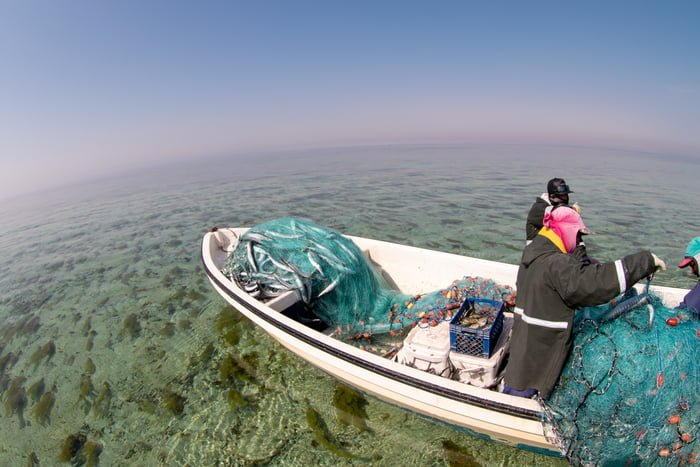
Credit: Abdulqader Khamis
Credit: Abdulqader Khamis
Conservation Measures & Legislation
At the national level dugong and seagrass meadows are protected by the Environment Law, which aims to combat against all forms of pollution through activities and practices related to environmental protection, and the Wildlife Law, which focuses on preserving species and rehabilitating suitable habitats for wildlife. Article 1 of Resolution No. 4 (1986) explicitly prohibits the fishing of dugongs throughout the Kingdom of Bahrain.
Since the creation of the Supreme Council for the Environment (SCE) in 2012, five Marine Protected Areas and one Wildlife Reserve have been established, covering a total of 80 km² – including the Mashtan and Hawar Islands Protected Areas through decrees No 1/2002 and No 16/1996. The SCE has also executed several environmental protection programs, such as a ban on fishing dolphins, dugongs, and turtles and created a National Biodiversity Strategy and Action Plan.
Bahrain has ratified numerous international environmental agreements, including the UNFCCC’s Paris Agreement (2016), the Kyoto Protocol (Decree 45/2005), the Convention on the International Trade in Endangered Species of Wild Flora and Fauna (CITES) (Law 27/2012), the Convention on the Conservation Wildlife and its Natural Habitats In the Gulf Cooperation Council (2002), the Convention on Biological Diversity (Decree-Law 18/1996) and the UN’s Convention on the Law of the Sea (1982).
In 2022, Bahrain acceded to the Convention on Migratory Species (CMS).
Projects in Bahrain
Resources
Khamis, A. et al. (2023). Long-term persistence of large dugong groups in a conservation hotspot around Hawar Island, Kingdom of Bahrain. Aquatic Conservation: Marine and Freshwater Ecosystems, 1–14.
Convention on Biological Diversity (2022) Bahrain – Main Details. Country profiles.
Dalal Al-Abdulrazzak & Daniel Pauly (2017) Reconstructing historical baselines for the Persian/Arabian Gulf Dugong, Dugong dugon (Mammalia: Sirena), Zoology in the Middle East, 63:2, 95-102.
Erftemeijer, P., & Shuail, D. A. (2012). Seagrass habitats in the Arabian Gulf: distribution, tolerance thresholds and threats. Aquatic Ecosystem Health and Management Society.
Information & eGovernment Authority (2022) Environment and nature. Kingdom of Bahrain.
Khalil Al-Wedaei, Naser, H. A., Hashim Al-Sayed, & Khamis, A. (2011). Assemblages of macro-fauna associated with two seagrass beds in Kingdom of Bahrain: Implications for Conservation. Journal of the Association of Arab Universities for Basic and Applied Sciences.
Smith, C. G. and Crystal, J. A. (2022). Bahrain. Encyclopedia Britannica.
Supreme Council for Environment (2021) National Legislation. Kingdom of Bahrain.
Supreme Council for Environment (2017) National Report – Bahrain. CMS. Dugong MOU.
Preen, A. R. (2004). Distribution, abundance and conservation status of dugongs and dolphins in the southern and western Arabian Gulf. Biological Conservation, 118(2), 205-218.
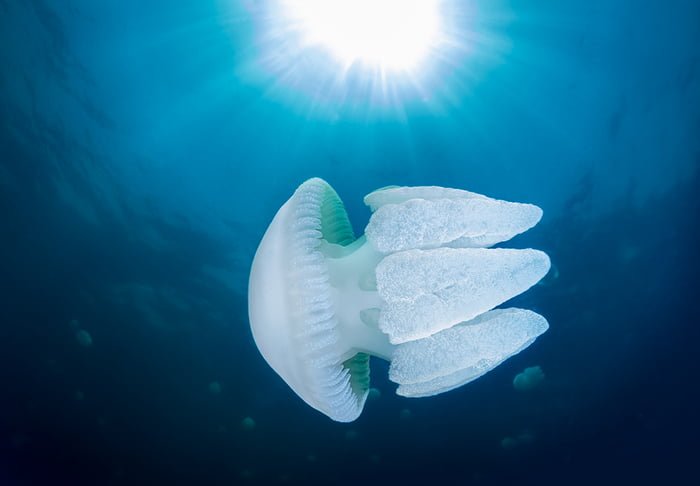
Credit: Abdulqader Khamis
